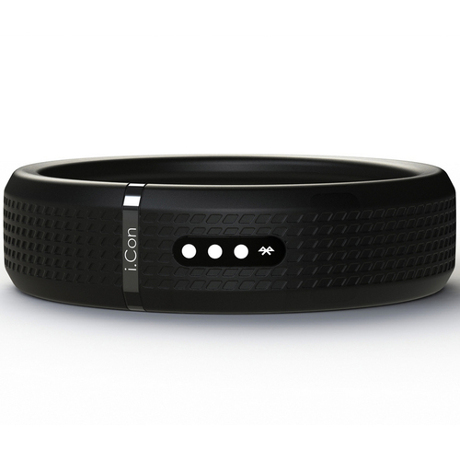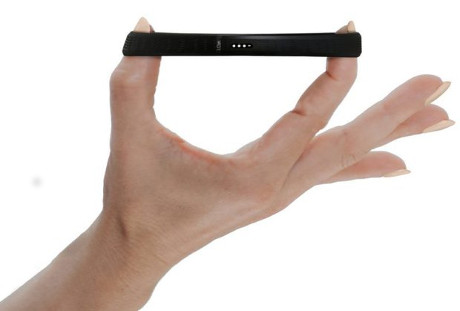Move Past the Rhetoric and Focus on Success
A recent missive from Booz Allen on the Internet of Things.
Two critical points that I want to extract for your consideration:
…
New Models for Security
The proliferation of IoT devices drastically increases the attack surface and creates attractive, and sometimes easy, targets for attackers. Traditional means of securing networks will no longer suffice as attack risks increase exponentially. We will help you learn how to think about security in an IoT world and new security models.
…
[page 4]
You have to credit Booz Allen with being up front about “…attack risks increas[ing] exponentially.” Considering that “Hello Barbie” has an STD on her first Christmas.
Do you have a grip on your current exposure to cyber-risk? What is that going to look like when it increases exponentially?
I’m not a mid-level manager but I would be wary of increasing cyber-risk exponentially, especially without a concrete demonstration of value add from the Internet-of-Things.
The second item:
Interoperability is Key to Everything
IoT implementations typically contain hundreds of sensors embedded in different “things”, connected to gateways and the Cloud, with data flowing back and forth via a communication protocol. If each node within the system “speaks” the same language, then the implementation functions seamlessly. When these nodes don’t talk with each other, however, you’re left with an Internet of one or some things, rather than an Internet of everything. [page 4]
…
IoT implementation, at its core, is the integration of dozens and up to tens of thousands of devices seamlessly communicating with each other, exchanging information and commands, and revealing insights. However, when devices have different usage scenarios and operating requirements that aren’t compatible with other devices, the system can break down. The ability to integrate different elements or nodes within broader systems, or bringing data together to drive insights and improve operations, becomes more complicated and costly. When this occurs, IoT can’t reach its potential, and rather than an Internet of everything, you see siloed Internets of some things.
…
Haven’t we seen this play before? Wasn’t it called the Semantic Web? I suppose now called the Failed Semantic Web (FSW)?
Booz Allen would be more forthright to say, “…the system is broken down…” rather than “…the system can break down.”
I can’t think of a better way to build a failing IoT project than to presume that interoperability exists now (or that it is likely to exist, outside highly constrained circumstances).
Let’s take a simpler problem than everything and limit it to interchange of pricing data in the energy market. As you might expect, there is a standard, a rather open one, on that topic: Energy Market Information Exchange (EMIX) Version 1.0.
That specification is dated 11 January of 2012, which means on 11 January 2016, it will be four years old.
As of today, a search on “Energy Market Information Exchange (EMIX) Version 1.0” produces 695 “hits,” but 327 of them are at Oasis-open.org, the organization where a TC produced this specification.
Even more interesting, only three pages of results are returned with the notation that beyond 30 results, the rest have been suppressed as duplicates.
So, at three years and three hundred and thirty days, Energy Market Information Exchange (EMIX) Version 1.0 has thirty (30) non-duplicate “hits?”
I can’t say that inspires me with a lot of hope for impact on interoperability in the U.S. Energy Market. Like the work Booz Allen cites, this too was sponsored by NIST and the DOE (EISA).
One piece of advice from Booz Allen is worth following:
Start Small
You may actually have IoT implementations within your organization that you aren’t aware of. And if you have any type of health wearable, you are actually already participating in IoT. You don’t have to instrument every car, road, and sign to have an Internet of some things. [page 10]
Building the Internet of Things for everybody should not be on your requirements list.
An Internet of Some Things will be your things and with proper planning it will improve your bottom line. (Contrary to the experience with the Semantic Web.)








